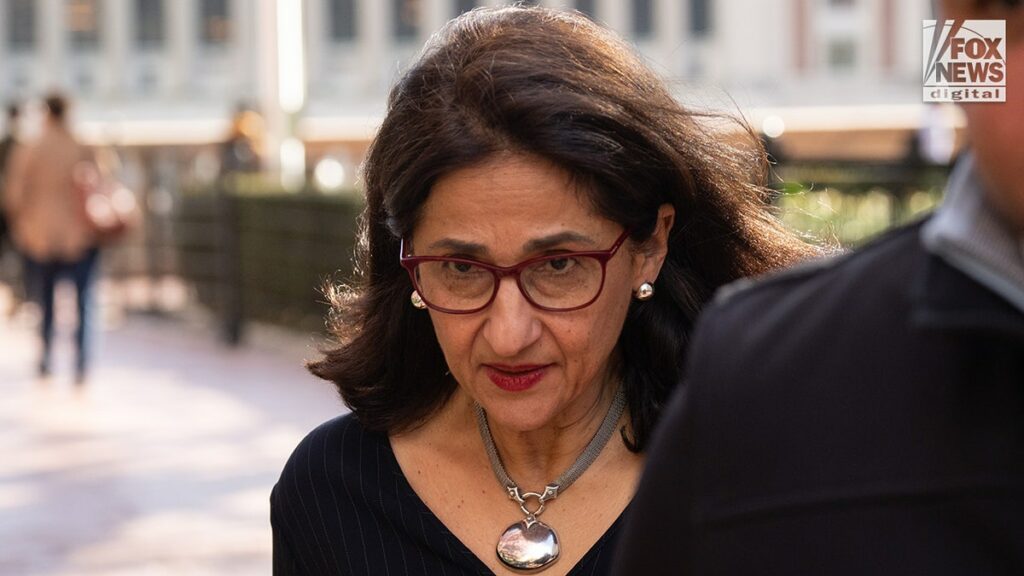Columbia University has finally parted ways with its failure of a president—and the only surprise is that it took so long. Minouche Shafik, who resigned on Wednesday, leaves a legacy of division and violence. But her departure isn’t nearly enough to fix one of America’s most important universities. The school must prove—from top to bottom—that it’s willing to put true learning ahead of radicalism. So must every university in America, for that matter.
I say this as someone who not only graduated from Columbia, but was present on campus during the violent protests of 1968. Then, like now, protesters attacked their fellow students and stormed campus buildings. Then, like now, campus leaders did too little, too late, to restore order. More importantly, both then and now, the adults in the room tacitly accepted and even encouraged extremism—because they’d forgotten that higher education is supposed to focus on finding truth, not trendy partisan fads.
Minouche Shafik is a case in point. Throughout her time at the university’s helm, she pandered to the radicals who should have been immediately punished for their actions—or better yet, stopped in the first place. She never took meaningful steps to channel the emotion of students (and professors!) into constructive discussions about a better path forward. Instead, she allowed destruction to run rampant, for all the world to see.
COLUMBIA UNIVERSITY PRESIDENT RESIGNS AFTER MONTHS OF MOUNTING PRESSURE OVER ANTI-ISRAEL PROTESTS
Her actions—and inactions—had predictable consequences. And if there was any doubt about her unfitness for office, Shafik proved it again in her resignation letter. She said that she found it “difficult to overcome divergent views across our community.” But universities aren’t supposed to overcome divergent views. That just means creating a monoculture, which already describes most of higher education. Instead, universities are supposed to respect and direct divergent views for the betterment of all.
Is Columbia University willing to do that? Is it willing to create a culture of intellectual honesty, inquiry, and creativity? While it’s certainly good that Minouche Shafik is gone, it’s far from clear that campus leaders are willing to do what needs to be done. They must prove that they’re willing to return this storied institution to its fundamental mission of educating students and pursuing truth.
CLICK HERE FOR MORE FOX NEWS OPINION
That starts by hiring a new president who understands the purpose of higher education. Columbia should look at Dartmouth’s president who, after October 7, promoted civil discourse among students and faculty, instead of staying silent and encouraging violence. That school has rejected radicalism in favor of real learning.
But hiring the right president is only the first step of many. Columbia must bring in new professors who are intellectually diverse and bring students together in forums for discussion on tough issues. Ultimately, it must bring out the best of higher education, causing students and professors alike to challenge each other in pursuit of understanding and truth.
Until that happens, Americans should still regard Columbia University with suspicion. Parents should think twice before sending their kids to a school that hasn’t clearly reformed itself. Donors should steer clear of giving money until they know their generosity will help more than it harms. I gave to Columbia for five straight decades. I won’t give them another penny until I see real change at every level.
Minouche Shafik is gone, but Columbia still has a hell of a lot more work to do. Hopefully, my alma mater will actually do it, instead of just hiring another president who lets the rot continue. Students—and American society—deserve so much better.
CLICK HERE TO READ MORE FROM WILLIAM GRUVER
Source
